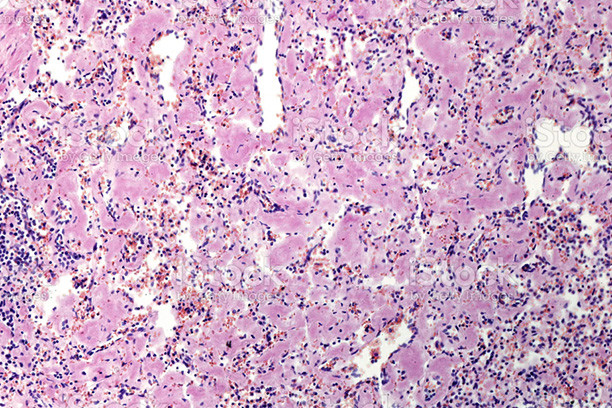hATTR-PN Resource Library
Population pharmacokinetic/pharmacodynamic modelling of eplontersen, an antisense oligonucleotide in development for transthyretin amyloidosis.
Transthyretin-mediated amyloidosis is a progressive and fatal disease caused by the build-up of misfolded transthyretin (TTR) protein. Eplontersen is a triantennary N-acetyl galactosamine (GalNAc3)-conjugated antisense oligonucleotide targeting TTR messenger ribonucleic acid (mRNA) to inhibit production of both variant and wild-type TTR.
July 2022
Read moreRNA Targeting and Gene Editing Strategies for Transthyretin Amyloidosis
Transthyretin (TTR) is a tetrameric protein synthesized primarily by the liver. TTR can misfold into pathogenic ATTR amyloid fibrils that deposit in the nerves and heart, causing a progressive and debilitating polyneuropathy (PN) and life-threatening cardiomyopathy (CM). Therapeutic strategies, which are aimed at reducing ongoing ATTR amyloid fibrillogenesis, include stabilization of the circulating TTR tetramer or reduction of TTR synthesis.
February 2023
Read moreRelated Articles
Characteristics of Patients with Hereditary Transthyretin Amyloidosis-Polyneuropathy (ATTRv-PN) in NEURO-TTRansform, an Open-label Phase 3 Study of Eplontersen
Hereditary transthyretin (ATTRv) amyloidosis is a rare, severe, progressive, debilitating, and ultimately fatal disease caused by systemic deposition of transthyretin (TTR) amyloid fibrils. ATTRv amyloidosis occurs in both males and females.
Dec 2022
Read moreFeasibility of assessing progression of transthyretin amyloid polyneuropathy using nerve conduction studies: Findings from the Transthyretin Amyloidosis Outcomes Survey (THAOS).
Patients with transthyretin amyloid polyneuropathy (ATTR-PN) show decreased motor and sensory nerve amplitudes and conduction. Electrophysiological changes over time may be sensitive indicators of progression. This analysis from the Transthyretin Amyloidosis Outcomes Survey (THAOS) assessed longitudinal changes in nerve conduction as signals of neurologic disease progression in patients with hereditary ATTR (ATTRv) amyloidosis.
April 2022
Read moreRed flags and adjusted suspicion index for distinguishing hereditary transthyretin amyloid polyneuropathy from idiopathic axonal polyneuropathy
Early diagnosis of hereditary ATTR polyneuropathy (ATTRv-PN) is important since treatment options have become available, which are most effective early in the disease course. ATTRv-PN is likely underdiagnosed as patients might be misdiagnosed with idiopathic polyneuropathy.
June 2023
Read moreEpidemiological and clinical characteristics of symptomatic hereditary transthyretin amyloid polyneuropathy: a global case series
We describe 542 cases of symptomatic hereditary transthyretin amyloid polyneuropathy (ATTR-PN) identified through a review of the literature published between 2005 and 2016.
Jul 2023
Read more





